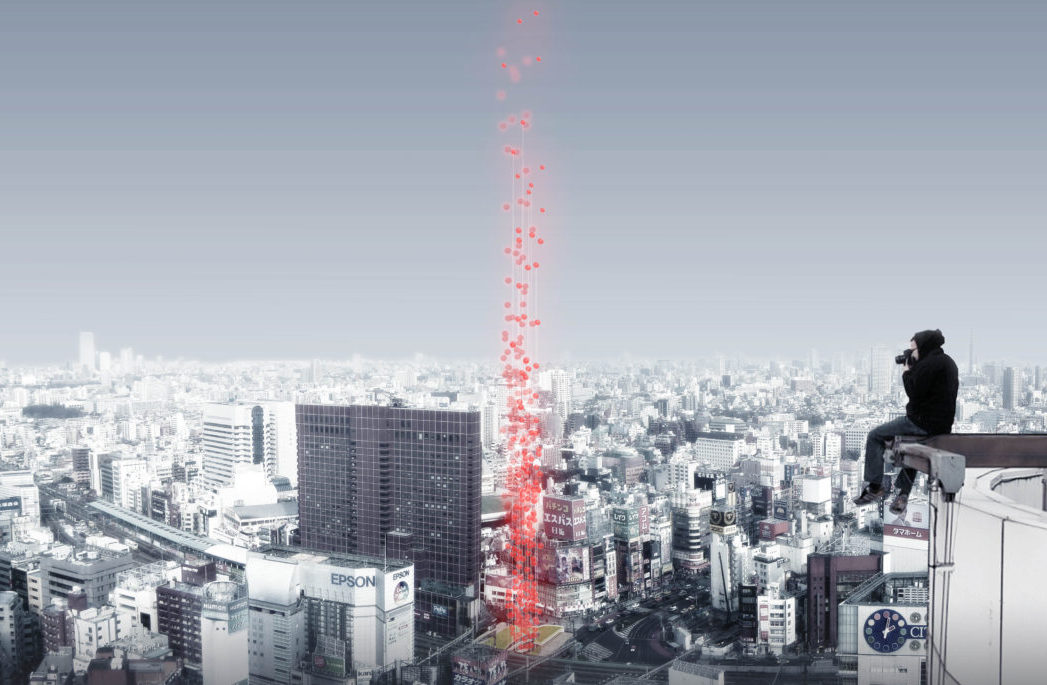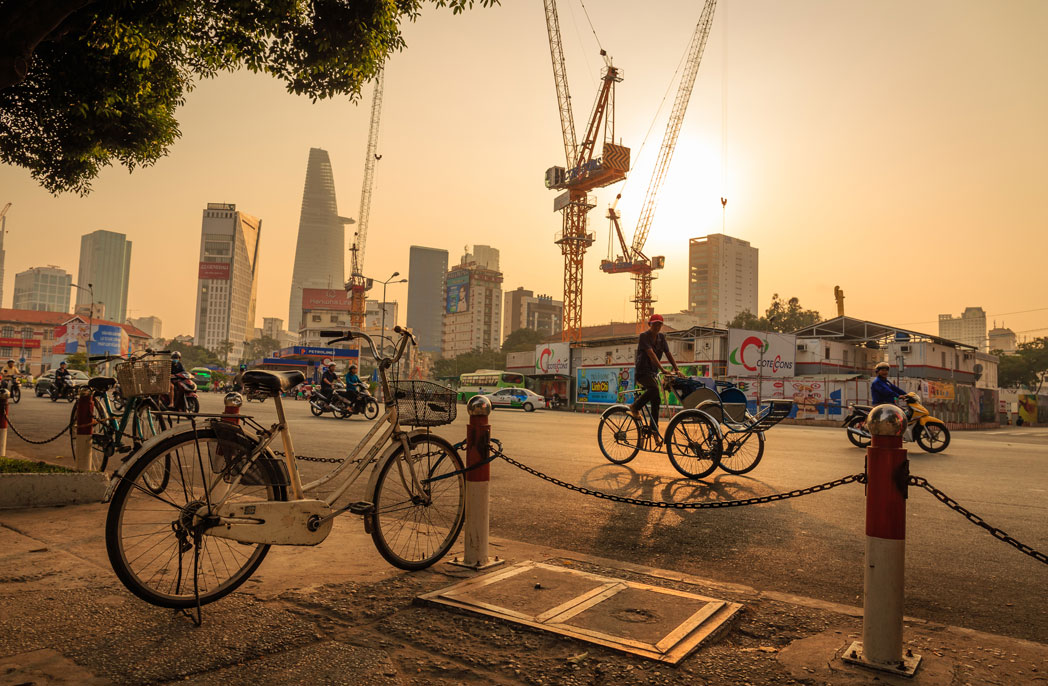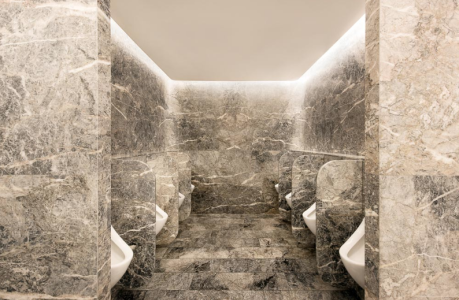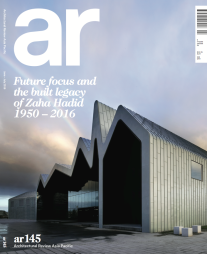
Designing in Asia: tips from WMK’s Jonathan Conroy
Designing in Asia: tips from WMK’s Jonathan Conroy
Share
Hotels are booming business in Asia. Last year in South East Asia alone, an incredible 437 hotels began construction, commissioned by big brand businesses and first-time owners alike. With western tourists visiting the region in their droves, it’s only natural Asian businesses are looking to their relatively close by Australian design and architecture neighbours to create these new hotel experiences.
But what are the differences when it comes to working on projects in Asian countries versus at home in Australia? Speaking at Design Inn Symposium, Jonathan Conroy, team leader, Hotels & Lifestyle at WMK, dishes out some sage advice for those designers embarking on a long distance project.
Culture is king
I was still fairly green as a designer when I took my first international business trip. On my first morning, I was preparing to go into my first meeting and my mentor at the time said to me, ‘Keep them off their toes and change the subject’, and that was the totality of his advice.
The thing that he could not have prepared me for was the amount of cultural work that you do when you go to a business meeting in another country. And so while I went in to that meeting expecting a certain amount of hurdles to get over in terms of language difficulties, some different terminology, perhaps even some cultural level of difference to deal with, what I didn’t expect was that the vast majority of my energy on that day was expended on cultural translation and trying to get a read on who was who in the room and what was happening in the background.
You very much take for granted the amount of work you do unconsciously when working in your own culture, and that really is a starting point for thinking about the kinds of things we need to do as designers if we want to work as Austrian designers in Asia.
Build strong relationships
The first thing is what are your personal challenges as a designer? And the key one is about the ability to build and maintain relationships across that project over a great distance, over the cultural and language barriers that you face and bearing in mind that you will probably only for the first six months of that project see the project team on two or three occasions. So there is a very particular skill set you can develop to make life easier when working on long-distance design projects.
One of the other personal skills that really is needed, is the ability to manage stakeholder expectations across cultural differences. Are the owners educated? That tends to be a transcultural thing: you find with first time owners of hotels that they tend to have a very different approach, for want of a better word, problematic approach, than owners who have built or renovated hotels before.
But if you then add on top of that cultural differences, the fact that you don’t get face time with those people – and that really is the best way to get an understanding and bridge the gap – you need to develop ways of doing that.
Keep your staff engaged
At a business level, the challenge for Australians wanting to work in Asia is a really basic one: staff retention. People who don’t get to see the projects they are working on, don’t get to go to project meetings and don’t get to see the end result, tend to get frustrated with that. So, you need to find ways to compensate for that otherwise they will look around and see projects they can walk into every day and progress their profession in a way that isn’t happening in your projects.
You also need to as an Australian designer manage expectations of Australian suppliers. We as designers are dependant on suppliers in a whole number of ways: at a basic level getting hold of samples but also in terms of getting someone to work with you, getting a product on a project and getting an understanding of how best to achieve that.
One of the things that you need to do on an overseas project is to be realistic about the chances of the product actually getting used, if you don’t manage that, that expectation and relationship, you will burn out suppliers very quickly.
Maintain design integrity
But the biggest challenge of working on long-distance projects comes at the end, it is the challenge of maintaining design integrity through the construction process. Through the design documentation process you can control the conversation as you need to through communication, but in the construction process, things start to move very quickly. The construction process just takes off and goes ahead on its own, in its own direction.
In Australia you can duck around the corner, see what is going on and get your eye on what kind of things are not being done in the way that you like, but you don’t have that luxury when working on a long distance project, which takes us back to my first point about building good relationships. You need to make sure very early on in the process that you establish some very good relationships so that there are people on site who can give you feedback, and reliable feedback, on what is happening during the construction process.
Adapt to regulations and systems
To succeed in these long-distance design processes you need discipline and efficiency in the way that you work. Then you need to take the next step and consider that the design needs to be articulated in a way that can adapt to a whole range of different regulatory or statutory systems and methodologies. A lot of the processes that you would quite comfortably use in Australia simply don’t work overseas because they are different.
On one hand there are different regulatory standards that you don’t need to cover, but on the other hand, and more importantly, everything is done is different ways in different countries. There is always some slight variation on how a particular thing is done and if you spend your time redesigning to suit that, then there is a real inefficiency, but if you acknowledge that from the start and get the right pieces in place, you can go on and design with a flexible process that allows someone locally to take what you have done and adapt it to the construction needs.
Enjoy a design ‘buffer’
One of the other things you need is an international view of the service cultures that you are working within. I have always enjoyed working on overseas projects and it is really because there are things you can do on those projects that you can’t do on a project when you are very close to the project management team.
One of those key things relates to how little face time you have with that project team and the need for you to be efficient and disciplined. The flip side of that is that you actually get a bit of a buffer in the design process to just go away and get on with it without a granular examination of what you are doing week to week.
No one can blame project managers for wanting to do that, that is their responsibility, the reality is that there are poor designers out there who can’t do what they claim to do, but speaking as one of the designers who can do what they say they can do, it’s great to be able to have that buffer and not have that examination. Of course, you need to remain accountable to the project manager and that again is about the relationships and trust, but you really do get a very different start to the design process on a long distance design project.
You Might also Like




















